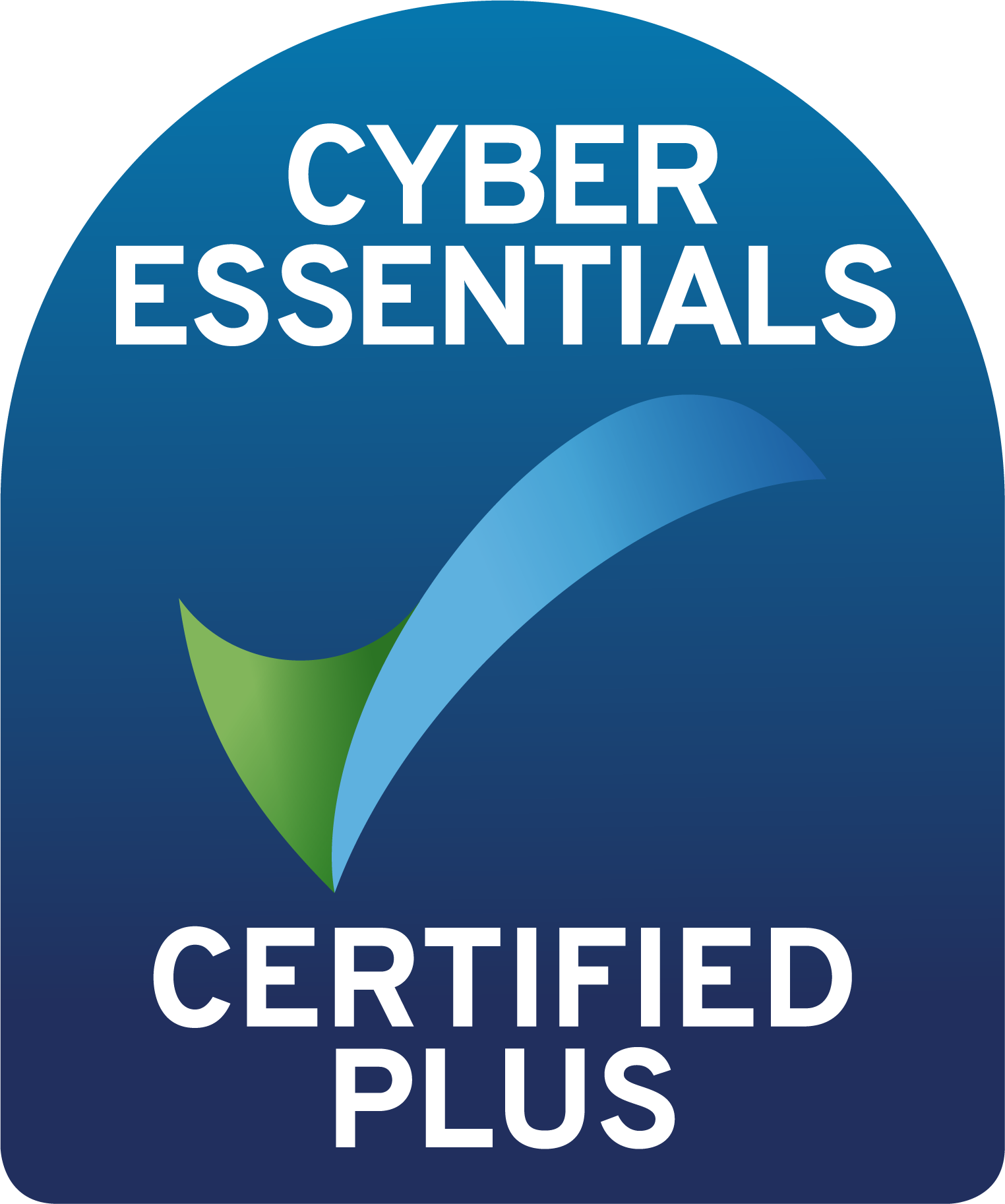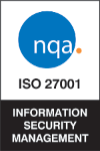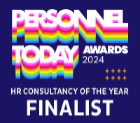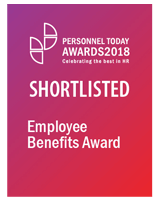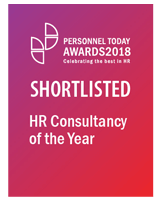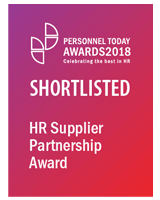In many ways Organisational Design (OD) has never been more important, but the challenge facing our work-planning strategists is as daunting as ever. While many businesses have been quick to adapt to a new hybrid reality, and found the flexibility to thrive, others have been more sclerotic in response.
Effective OD is robust enough to align consistently with a company’s structures and goals, while being agile and fluid enough to enable flex in decision-making, autonomy, innovation, communication, collaboration and career progression. It’s a tall order given the pressures remote and hybrid working place on OD methodology:
- problems with efficacy and productivity
- strain on employee wellbeing due to work-related stress
- challenges in communication with dispersed workforces
- maintaining a strong company DNA in the face of creaking cultures
Let’s take a look at the five key pillars of OD, and consider the challenges posed and strategies to mitigate.
-
Operating Model
This defines how an organisation operates structurally and technically to deliver value to its customers and stakeholders.
Challenge – an organisation needs to align its people strategy with day-to-day working practices. If this doesn’t happen, it impacts the leadership group’s ability to deliver the company vision.
Solution – HR needs to understand all internal cultural and external legislative issues to help map out the company’s future talent requirements, in line with the People Strategy.
-
Organisational Shape
This defines the distribution and relative importance of roles across a company, to cater for its current and future needs: a triangular shape (manufacturing) has a small number of leaders, a diamond shape (tech) has a concentration of middle-band specialists, and an inverted triangle shape (law firm) has many partners, leaders or specialists.
Challenge – Productivity and Operations are at the core of any business and a company that doesn’t stay agile in its approach to hybrid work can put both at risk. Organisations that embraced remote work during the pandemic gave themselves a chance to flourish and adapt, while others lost pace. The big danger is allowing physical distance to create business distance, which can happen when businesses lose sight of what their employees need to perform their roles.
Solutions – HR needs clear oversight of what every role is versus its requirements; how each level interacts with leadership and decision-making; where each employee fulfils their role, either on-site or remote. This exercise flags areas of weakness but also identifies the potential for tapping into the existing talent pool.
-
Span of Control
This dictates the number of direct reports that a manager can effectively manage as part of the overall organisational structure.
Challenge – When organisations evolve without consideration for span of control, line managers can often find themselves both managing and retaining responsibility for operational delivery. The challenges in communication posed by hybrid and remote working can also lead to people having too many direct reports.
Solution – the perfect span of control differs by industry. A contact centre may have a higher ratio of employees to managers, while the number of consultants to consultant managers may vary depending on the level of roles, skills and experience. AI capability is starting to affect this dynamic, so we need to stay agile to the latest tech developments.
-
Role ratios
This is the density of roles at the same level within the same department, for example the ratio of developers to product managers sitting at the same level.
Challenge – One key risk to role ratios when seen through the prism of remote and hybrid working is the increased likelihood of work-related stress and burn-out. When different policies and rules are created, or more leniency is applied to some roles than others, businesses need to be upfront and transparent with workers or you get uneven work-life balance, misunderstanding and resentment.
Solutions – Heads of Department are not always best placed to understand where the root of these issues lie. Rather than spotting an imbalance in role distribution or deployment, they may assume additional headcount will solve the problem, which can be exacerbated by remote and hybrid working. HR has a key role in understanding the root cause of the issue.
-
OD Design Process
This is the whole redesign life cycle: understanding the current operating model; clarifying goals and objectives; reviewing the existing OD structure and culture; creating design principles and values; crafting a new structural blueprint; developing the new structure; and stress-testing it against defined principles; finally monitoring and reviewing.
Challenge – To manage the OD Design process in a way that caters for the flex and agile potential of hybrid working, we need a framework in order to impose a degree of structure and rigour. To do that properly we need to know our business and our people.
Solutions – In agile working environments, organisational structures need to flex and change shape as the organisation requires. This is typically led by a strong understanding of our strategic goals and the people and roles needed to deliver them. HR needs to play a key part in joining these dots.
To meet the needs of the new hybrid world, Innecto’s expert consultants are helping clients through the nuanced, complex and iterative process of Organisational Redesign. For help customising your approach, get in touch today.



